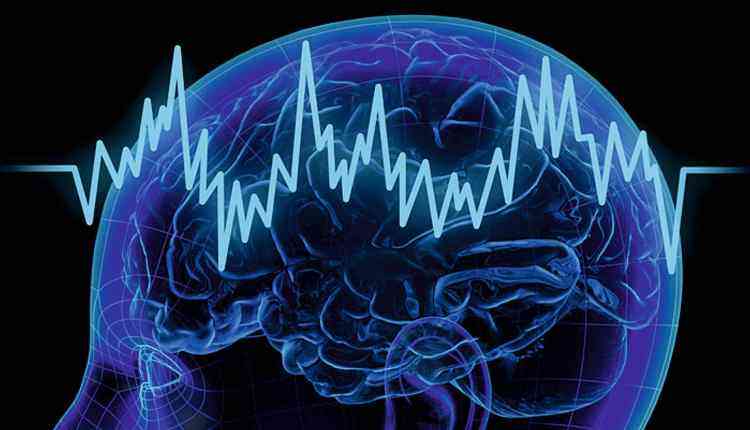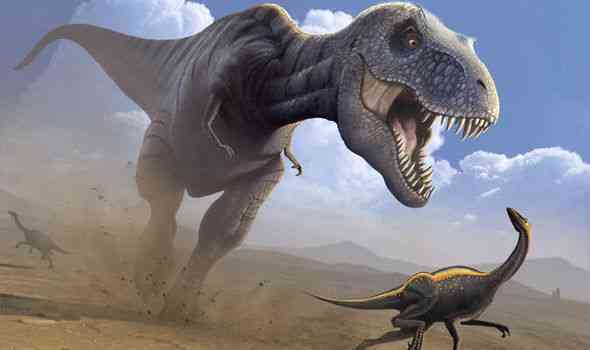What is scientific controversy? It is a substantial disagreement between scientists. For example, there is some amount of skepticism in a population regarding global warming. Where as in contrast, the majority of the scientific community agrees that global warming exists and is a major issue.
A scientific controversy generally involves issues such as data interpretation, ideas supported by evidences and those worth pursuing. Say for example, the connection between race and intelligence since the inception of IQ testing in early 20th century.
These are specific to science related arguments. They are arguments where scientists can not agree on a method, theory or hypothesis. This influences our interpretation of data to reach a suitable conclusion. These are regarded to be healthy, helpful and best way to approach a certain topic in different ways. They create hype and media attention so more people become aware of the situation and topic being agreed or disagreed with. It increases the research on the said topic. At the very same time, they can also hurt scientific research.
Fundamental scientific controversies are controversies based on main idea of hypotheses or theories. Whereas secondary controversies are ideas surrounding the topic.
Global warming is a fundamental scientific controversy where as they rate of change and model of global warming is a secondary scientific controversy.
Not that we have defined what a scientific controversy is, let us delve into some legitimate controversies which left the scientific work shaken.

1. Measurement of Quantum Mechanics
Measurement is a vital part of quantum mechanics. There has been enough debate on how to go about it the correct way. Neils Bohr and co. devised Copenhagen Interpretation of Quantum Mechanics. It stated that all atomic particles exist in all states until they are observed or measured in specific position.
Erwin Schrodinger gave the ‘Schrodinger’s Cat Hypothesis’ where a cat is placed in a sealed box with a bit of radioactive material, Geiger Counter and a jar of poison. The radioactive material decays, the Geiger counter beeps and the poison in the jar is released and kills the cat. According to the Copenhagen interpretation, the radioactive material can be both decayed and not decayed until we measure it. Which means, the cat can be both alive and death until the box is opened. This hypothesis exposed the bugs in Copenhagen interpretation when applied to practical, real life situation and hence, physicists continue to disagree over the correct way to measure Quantum Particles.

2. Cloning of Extinct Species
There are lot of animals which went extinct. Some due to natural causes and some due to androgynous reasons. Theoretically, it is possible to resurrect extinct organism using the DNA extracted from museum specimens by Modern Cloning Technology. It is argued that cloning can bring back the extinct flora and fauna, allowing us to better study their genomes. This will offer us evidence to genetic vulnerabilities in endangered species today. Where as others argue it to be not so easy. Resurrecting organisms is said to be an imperfect process, even with live DNA from living animals. A cloned sheep by the name of Dolly emerged after several years of failed experiments. They also bear genetic abnormalities which tends to limit their survival chances. Cloning and genetic technologies might improve in the future though so let us wait?
 3. Health Benefit of Red Wine
3. Health Benefit of Red Wine
Studies in 2000s proposed that resveratrol, an antioxidant compound found in grape skin and chocolate was the key to ‘French Paradox’. It refers to the low rates of heart disease in French despite the heavy cholesterol diet. The antioxidant protects the cells from damage. Thus, slowing or preventing illnesses.
According to Mayo Clinic, one would have to consume 1,000 liters of Bordeaux every day to get a dose of resveratrol. Or at least that was what lab mice suggested. Whether these benefits are translated to human is a matter of debate. Recent studies have shown that the resveratrol, the antioxidant, may help prevent or treat diabetes, certain cardiovascular problem and even cancer. Although studies with Homo sapiens sapiens have not shown anything extra ordinary. Dipak Das of University of Connecticut, a leading resveratrol researched, retracted hundred published studies on resveratrol. A daily glass of wine might not hurt you but it is no fountain of youth.
 4. The Mystery of Parallel Universe
4. The Mystery of Parallel Universe
According to String Theorist and World Science Festival co-founder, Brian Greene, the hypothetical multiverse spans all the time, matter, space and energy. Our universe might just be one of the several connected by particles, ‘strings’. The ‘Many World Theory of Quantum Mechanics’ proposed by Hugh Everett suggests that all the observation within a range of probabilities correspond to different universes. Popular physicists such as Stephen Hawking and Michio Kaku believe that these parallel universes are a mathematical possibility. Yet at the same time there are scientists who believe that theory of multiverse is untestable. They think of it more as a philosophy or science fiction than actual science. Paul Davies wrote in New York Times. He’s a physicist in Arizona State University. He said, “Invoking an infinity of unseen universes to explain unusual features of the one we do see is just as ad hoc as invoking an unseen Creator. The multiverse theory may be dressed up in scientific language but in essence it requires the same leap of faith.”
Stanford University Physicist Andrei Linde argues that the multiverse “is the best way to provide a rational explanation for the way that this universe seems to be fined tuned to promote existence of life. If the masses of proton and electron were just a little bit different, life as we know would not exist. If there were just one universe, we would need to speculate about the divine cause making the universe custom built for universe. Meanwhile, in the multiverse consisting of many different parts with different properties, the correlation between our properties and the properties of the part of the world where we can live makes perfect sense.”

 5. How the Dinosaurs got Killed
5. How the Dinosaurs got Killed
According to some, global climate change, short term precipitation change, changes in temperature and sunlight took place at the end of Cretaceous period and beginning of Paleogene (or Tertiary) period. This led to 70% of life going extinct.
On the other hand, some have cited volcanoes and shifting of tectonic plates as a reason for the eventual death of dinosaurs and most marine animals.
Some say a huge meteorite slammed into Earth.


 3. Health Benefit of Red Wine
3. Health Benefit of Red Wine 4. The Mystery of Parallel Universe
4. The Mystery of Parallel Universe